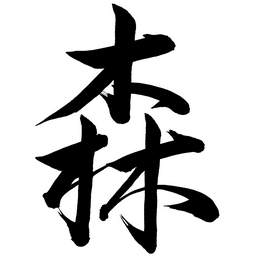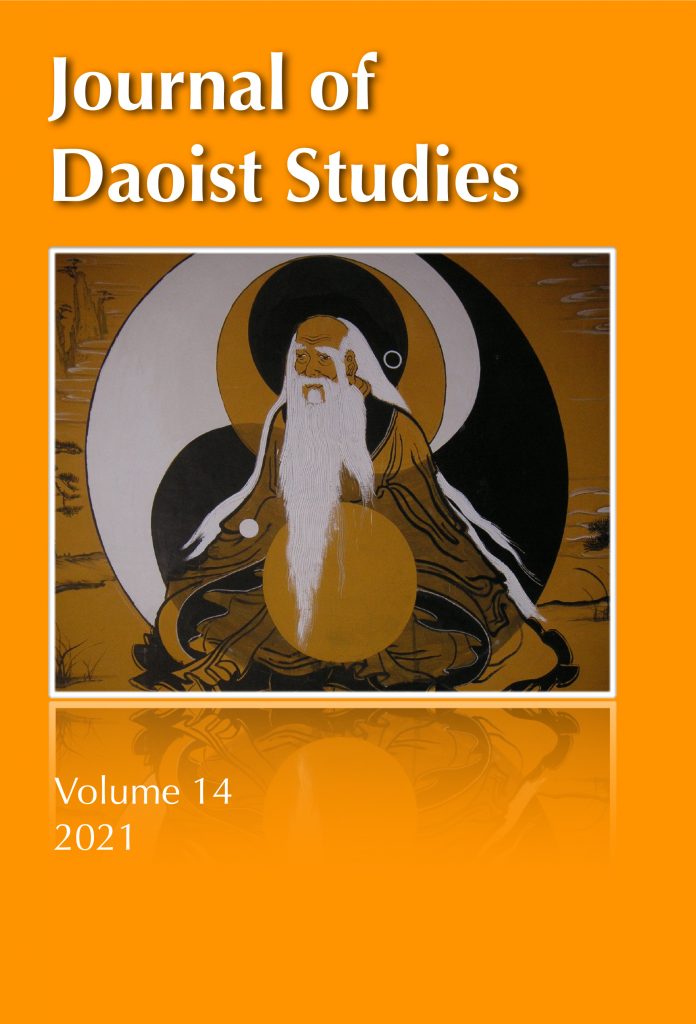| Articles | |
| Jinhua Jia | Constancy and Ultimate: The Space-Time Continuum in Warring States Cosmology |
| Lennert Gesterkamp | The Shanhai jing and the Origins of Daoist Sacred Geography |
| N. Harry Rothschild | Daoist Elements in Wu Zhao’s Reimagined Double Ninth Festival |
| Fabrizio Pregadio | The Alchemical Body in Daoism |
| Devin K. Joshi | The Way of Longevity: Blue Zones as Unselfconscious Models of Daoist Living |
| Forum | |
| Manuel Parreño Piñol | Goodness is Like Water: Laozi’s Vision of Fundamental Nature, Life, and Light |
| Brandon James O’Neil | The Way of Family Devotion: The Book of Filial Piety |
| Ashley South | Empty Ways: Christian Prayer and Daoist Meditation |
| Dawn Li | Song of a Lotus Leaf: My Dao Journey in Poetry |
| David Hessler | Within the Temple Walls: Impressions from Baiyun guan |
| Lloyd “Allen” Doyle IV | Toward an Ecological Civilization: Perspectives from Daoism |
| Kenneth S.Cohen | The Coronavirus Pandemic: Insights from Daoism and Qigong |
Jinhua Jia – Constancy and Ultimate: The Space-Time Continuum in Warring States Cosmology
In Warring States cosmological texts, the two characters heng (constancy) and ji (ultimate) are identical in structure and used interchangeably, both of which refer to the Pole Star/North Pole that the ancient Chinese believed to be the only constant thing and locate in the highest place in the cosmos. The Primordium of Constancy/Ultimate, as much as its synonyms One/Grand One, Grand Constancy/Ultimate, and Dao, is described as a constant root space-time continuum that impregnates with infinite potentiality and vitality, from which spontaneously arises the cosmos and proliferates the myriad things. After the generative completion of the macrocosm, this root space-time continues to function as the cosmic pivot guiding the universe to circulate around it, as the inexhaustible source of the ceaseless regeneration of the myriad things, and as the eternal spiritual homeland where humans can return.
Lennert Gesterkamp – The Shanhai jing and the Origins of Daoist Sacred Geography
The Shanhai jing (Classic of Mountains and Seas) is a description of the sacred geography of early China. This study argues that the later Daoist sacred geography of sacred mountains and grotto-heavens is a continuation and elaboration of the one envisioned in the Shanhai jing. After analyzing the structure, contents, compilation history, and dates of this complex text, I argue that the Shanhai jing originally was intended as a guidebook for administrating resources and territorial relations at the Qin and early Han courts, and followed a specific cosmological model similar to that found in early Daoist texts. The cosmological model of the Shanhai jing stands in opposition to that promoted in the Yugong (Tribute of Yu), a text on geography in the Confucian classics. The study further argues that Daoist sacred geography after the Han continues the cosmological ideals of the Shanhai jing but without the original administrative purposes. Yet it continues its important task of maintaining territorial relations indirectly—through rituals at sacred sites.
N. Harry Rothschild – Daoist Elements in Wu Zhao’s Reimagined Double Ninth Festival
This paper argues that Wu Zhao’s reimagined Double Ninth (Chongyang) Festival on the 9th day of the 9th lunar month emphasized a number of Daoist elements—including circumpolar sovereignty, divine kingship, longevity, and lofty venues that placed her in proximity of divinities and immortals—geared toward enhancing her religious and political authority. China’s first and only female emperor inaugurated her Zhou dynasty (690-705) on the Double Ninth and celebrated personal triumphs on this same date five times between 690 and 697. The paper claims that this novel iteration of the Double Ninth helped link Wu Zhao to several circumpolar goddesses. Finally, the performances of the Double Ninth Festival, this paper contends, may represent a prototype of the later Festival of Nine Sovereigns.
Fabrizio Pregadio – The Alchemical Body in Daoism
This paper surveys some of the main features of the view of the human body in Daoist internal alchemy (neidan內丹). The first sections discuss three different terms that refer to the body; cosmological, political, theological, natural, and alchemical metaphors used to describe it; and the use of the body as a support for the system of correspondences that tie the human being to the cosmos. On this background, the development of internal alchemy closely relates to the earlier Daoist meditation practices on the inner gods. The figure of the Red Child (the innermost deity of the human being), in particular, bears close analogies to the “embryo” that alchemists generate through their practices. The final sections are concerned with the two main alchemical charts of the human body and with the use of the Buddhist concept of “dharma-body,” which some masters describe as the true immortal body.
Devin K. Joshi – The Way of Longevity: Blue Zones as Unselfconscious Models of Daoist Living
Demographic researchers have identified five geographic regions around the world with unusually high proportions of nonagenarians and centenarians. Studies of these longevity hotspots or “blue zones” are now trying to distill lessons for how people everywhere can live long and active lives with minimal impediments. In this study, I compare lifestyle observations and longevity prescriptions derived from studies of blue zone centenarians with long-standing recommendations for the practice of nourishing life (yangsheng) to achieve a long and healthy life in the Daoist tradition. Observing a high degree of similarity across the four lifestyle domains of diet, exercise, mindset, and relationships, I find blue zone recommendations for successful aging closely resemble and seemingly validate many longstanding Daoist prescriptions for advancing human health and longevity. I conclude that although blue zone residents may not be consciously Daoist, they seem to represent unselfconscious models of Daoist living.

